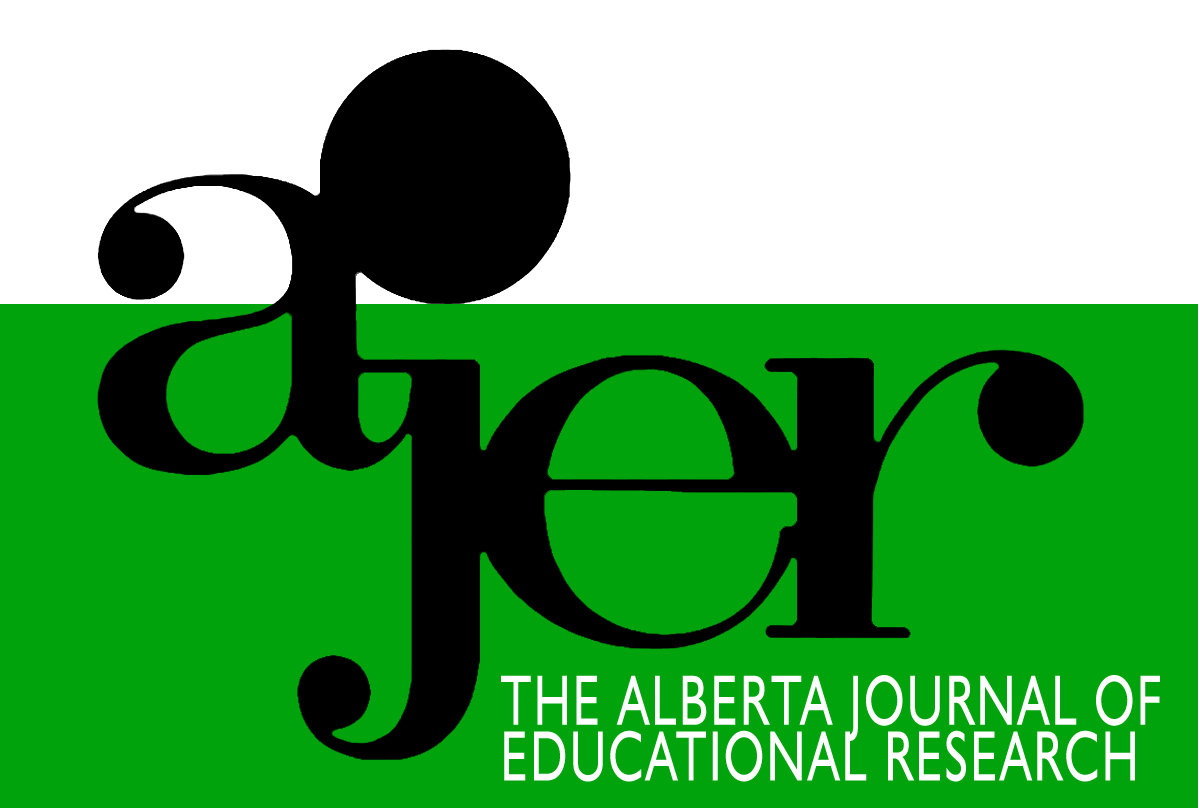The Dark Side Of The Ivory Tower: Cyberbullying Of University Faculty And Teaching Personnel
DOI:
https://doi.org/10.55016/ojs/ajer.v60i2.55807Keywords:
cyberbullying, harassment, higher education, faculty members, gender, Mots clés, cyberintimidation, harcèlement, études supérieures, membres du personnel enseignant, sexeAbstract
This paper discusses findings from an exploratory study on the nature, extent, and impact of cyberbullying experienced by 121 faculty members at one Canadian university. We situate cyberbullying in university on a continuum between cyberbullying in K-12 education and cyberbullying in the workplace and also take into account the power dynamics that characterize the post-secondary context. Quantitative and qualitative analyses of online survey data revealed that 17% of respondents had experienced cyberbullying either by students (12%) or by colleagues (9%) in the last 12 months. Gender differences were apparent plus racial minority status also appeared to render faculty members more vulnerable to cyberbullying. These findings suggest a rights-based lens could be used to analyze and respond to the vulnerabilities of women and other marginalized faculty in cyberbullying situations. This study contributes to the dearth of research on cyberbullying at the post-secondary level and raises the need to consider factors of difference, such as gender and race, in policy development and practice.
Cet article discute des résultats d’une étude exploratoire sur la nature, l’étendue et l’impact de la cyberintimidation qu’ont connu 121 membres du personnel enseignant d’une université canadienne. Nous situons la cyberintimidation à l’université sur un continuum entre la cyberintimidation dans les milieux K-12 et celle dans les milieux de travail, tout en tenant compte de la dynamique des pouvoirs qui caractérise le contexte postsecondaire. Des analyses quantitatives et qualitatives de données découlant d’une enquête en ligne ont révélé que, dans les 12 mois qui venaient de s’écouler, 17% des répondants avaient connu la cyberintimidation, soit de la part d’étudiants (12%), soit de la part de collègues (9%). Des écarts selon le sexe se sont révélés et le statut de minorité raciale semblait rendre les membres du personnel enseignant plus vulnérables à la cyberintimidation. Ces résultats suggèrent que dans les situations de cyberintimidation, on pourrait adopter une perspective reposant sur les droits pour d’abord analyser les vulnérabilités des femmes et d’autres membres du personnel enseignant qui sont marginalisés, et ensuite y réagir. Cette étude participe à combler le vide dans la recherche portant sur la cyberintimidation au niveau postsecondaire et soulève le besoin de tenir compte de facteurs de différenciation, tels le sexe et la race, dans le développement de politiques et la mise en pratique de celles-ci.
Downloads
Downloads
Published
How to Cite
Issue
Section
License
UNIVERSITY OF ALBERTA COPYRIGHT LICENSE AND PUBLICATION AGREEMENT
If accepted, authors will be asked to sign a copyright agreement with the following points:
A. Where there is any inconsistency between this Copyright License and Publication Agreement and any other document or agreement in relation to the same subject matter, the terms of this Agreement shall govern.
B. This document sets out the rights you are granting in relation to publication of your article, book review, or research note entitled (the “Article”) through inclusion in the academic journal titled Alberta Journal of Educational Research (the “Journal”) published through the Faculty of Education, representing the Governors of the University of Alberta (the “Journal Editor”).
C. There will be no payment to you for this publication and grant of rights. In consideration of the agreement to publish the Article in the Journal:
1. You are warranting that:
- the content of the Article is your original work, and its content does not contain any material infringing the copyright of others; or, where the Article is not entirely your original work, you have obtained all necessary permissions in writing to grant the rights you are giving in this agreement;
- the content of the Article does not contain any material that is defamatory of, or violates the privacy rights of, or discloses the confidential information of, any other person;
- the Article has not been published elsewhere in whole or in part, and you will not allow publication of the Article elsewhere without the consent of the Journal Editor;
- the names of all co-authors and contributors to the Article are:
2. You agree to license the copyright in the Article to the Journal Editor, on a worldwide, perpetual, royalty free basis; and to the extent required by the terms of this agreement. You shall retain the right at all times to be acknowledged as the/an author of the Article.
3. You further agree that the Journal Editor has the entitlement to deal with the Article as the Journal Editor sees fit, and including in the following manner;
- The right to print, publish, market, communicate and distribute the Article and the Journal, in this and any subsequent editions, in all media (including electronic media), in all languages, and in all territories, ing the full term of copyright, and including any form of the Article separated from the Journal, such as in a database, abstract, offprint, translation or otherwise, and to authorize third parties to do so;
- The right to register copyright of the Journal;
- The right to edit the Article, to conform to editorial policy as the Journal Editor sees fit.
4. If any co-author or contributor to the Article does not sign this agreement, the Journal Editor reserves the right to refuse to publish the Article.



